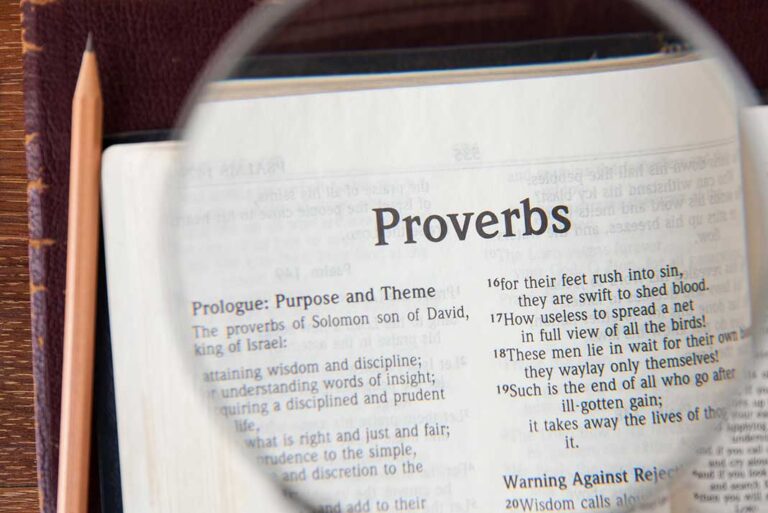There is an old Jamaican saying that ‘Encouragement sweeten layba’. Translation: Encouragement sweetens labour! In other words, no matter how hard a task is, being encouraged by someone else makes the task seem easier, and gives a greater willingness to complete it. There is no other field where this is more true than in the work of the ministry. Spiritual warfare, financial strains, betrayal and as Paul put it, ‘the care of all the churches’ (2 Corinthians 11:28) are just a few of the many reasons a pastor will need some external motivation from time to time. But how can you make a difference? Well, boosting the morale of a pastor may not be as hard as you think!
Here are five practical things you can do to add your bit of encouragement to any pastor’s life.
1. Don’t just think it, say it!
Have you ever admired something about your pastor or any other true man of God? Is there something he does that really impresses you? Maybe he always smiles. Or perhaps he works very well with the children. Maybe you admire his simplicity, or his prayer life, or how he treats his wife. Whatever it is, stop thinking about it, and don’t just tell someone else either. Go to your pastor directly, or send him an email or give him a phone call, or write it in a greeting card. Whatever your method of choice to encourage your pastor, just let him know. It might do him more good than you can imagine.
2. Call with no demands
We all know that pastors are called to serve. But anyone will feel the strain of simply being overworked, even in serving others. When you add up all the counseling sessions, the home visits, the hospital visits, and the telephone prayers, it really amounts to a lot. Some pastors go the extra mile by even allowing their members to call them at any time. Think of it as being on-call! When there is a spiritual emergency, these pastors want to ensure that their members can always get the deliverance and ministry they need–and that’s great! Isn’t that why we think that they are good pastors anyway?
Too often though, many believers reserve calling their pastors just for the time when they have a need. Beyond that, the dear men of God will not hear from such members. The pastor can often predict the tone of a phone call based on the name or number that shows on his telephone screen. Humbly, and according to his calling, the pastor will still give of his time and anointing selflessly. But here is a fresh idea. If you are used to calling your spiritual leader only when you have an emergency, give him a well-needed and refreshing surprise–pick up your phone and call him with no demands, not even for a recommendation letter! Turn it into a habit, and you will have just become an encourager!
3. Be a blessing with your offering
Now I know when it comes to giving money to ministers, a lot of us get touchy. Truth be told, that’s very understandable, what with the ‘prosperity gospel’ being promoted and all the ‘sow-a-seed’ frenzies going on. But no amount of exposure to greed and falsehood should rob us of the benefit of the truth. That means pastors do have a right to receive offerings. This is especially true of those who give themselves to ministry full time. Either way, all pastors are scripturally in line to live of the gospel (1 Corinthians 9:13-14). Some fellowships stick to a tithing principle, and that’s ok. But I personally subscribe to Paul’s teaching in 2 Corinthians 9:7 where each person gives as he purposes in his heart.
Whatever approach you take, your financial offerings make a huge difference in the quality of life a pastor and his family experience. It can also affect the quality of service he is able to provide to his members. If financial support is insufficient or even nonexistent, an already hard road is made much harder. When that happens, the enemy is often able to use it as an open door to frustration. So, yes, this kind of encouragement helps to ‘sweeten labour’ too.
4. Obey and submit
Watching over a soul is a serious responsibility, and all by itself, it is an immense burden to bear. In fact, Paul put the care of all the churches on the same level as prisons, death, stripes, shipwreck and perils! (2 Corinthians 11:23-28). (I used to tell my husband jokingly that I’m not the pastor, I’m just the pastor’s wife!) But what can a congregant do to somehow give even the slightest ease of this great pastoral burden? Hebrews 13:17 expresses an admonition from which every congregant can learn. Here, we are taught to obey and submit to those who oversee us in the faith. Why? So that they may do it with joy, and not with grief!
Your own spiritual growth and maturity are a great way to motivate your pastor. Even when he comes under spiritual attack, and even if his finances aren’t the way he would want, every true pastor is profoundly encouraged to stay in the ministry when his members are submissive to his leadership, and are growing in the Lord. What you may not be able to give materially is more than compensated for by obedience and Christlikeness. So, motivate your pastor with the joy of seeing you grow in obedience and submissiveness.
5. Pray earnestly
All the points I have shared thus far have been practical and visible things we can do to encourage our pastors. This next point however, highlights something we all can and need to do, even when our spiritual leaders can’t see it. That is, pray. Earnestly. Too often, we are so used to the pastor being the one praying for us, ministering to us, and giving us the word, that we forget his own need for our prayers. Let us not be unwise and selfish in thinking that someone who is so watchful and spiritual has everything locked. His health needs to be covered. His marriage needs prayer. His children need to be watched over too. Maybe he works otherwise, so he will need coverage in that too. Prayer invokes the power and presence of the Holy Spirit to go where we can’t go, touching what no human can touch and resolving the struggles that we may never know about.
Every now and again, God may even give you a dream about him. I advise you to wisely and discreetly, pray about it. Never take it for granted that your pastor is superhuman. Never brush off an unpleasant dream about your pastor because ‘that could never happen’! Dare not ignore your own duty to pray for him, understanding that, like Elijah, your pastor is a man with like passions as us (James 5:17).
Dear reader, do your pastor a secret favor and pray for his strength, his zeal, his joy and his steadfastness. That will be his greatest source of encouragement of all, because that’s the encouragement that will come straight from the Throne Room!








